RESPECT for Stroke
Reflecting on a Long Journey to Improve PFO Patient’s Voice and Treatment Options for Cryptogenic Stroke and my FDA Testimony Back in 2016
My thoughts boarding a 6 am American Airlines flight to DC from Providence on May 24,2016 were overwhelming. I was heading to Washington to provide expert patient testimony before the FDA and to put a human face on the consequences of stroke, and on the consequences of not having a clear treatment and aftercare pathway available to me and my family in the first place.
These thoughts flooded my brain during this 90 minute flight like a movie playing in fast forward of everything I and my family had experienced up to this point in my stroke journey.
They included:
My TIA/stroke on the ice at 17 years old that was dismissed as a ‘pinched nerve’
Later having another stroke at 39 and the strain on family and finances that followed
Difficulty balancing life after stroke as a self employed PT, husband and father of three young children
The 9 months of uncertainty and the ‘grey’ area I was told I was in for a plan of care as a stroke patient with a ‘pathological’ PFO.
Becoming one of the co-founding members of the patient led PFO Research Foundation
PFO closure and not having return to exercise guidelines and a clear rehabilitation care plan
My involvement as a stroke ambassador with ASA, then later Tedy’s Team and with both trying to advocate for better stroke education in the young with my Bright Minds initiative
Lack of directed funding and resources from AHA/ASA for educational support, and my conversation with calls with them to do more
Ongoing work to support local families and mentoring young survivors, providing educational resources on my blog and website
Hearing from a disconnected group of frustrated survivors trying to do the same
Realizing that an ‘Oprah’ type moment for stroke awareness and survivor aftercare support was needed.
Trying to fit this all in to a condensed 3 minute FDA talk and what would needed to be cut
This flight to DC in a day and back would cost $429, a missed day of lost work wages, and time away from my young family. Making this trip would be a challenge but I hoped it would finally bring closure to the work I had done in advocacy with the now dissolved (for lack of sustainable funding), PFO Research Foundation.
For added background, here was my original post when I returned from the trip.
[2016]
Last week I provided patient testimony at the Circulatory System Device Panel at the FDA along with Bray Patrick-Lake and Peggy Mahrt of the PFO Research Foundation and several other patients who also traveled to Washington DC to share their stories. I am proud to report the FDA panel voted to recommend approval of the Amplatzer PFO occluder for recurrent cryptogenic stroke. Thanks in part to patients standing up for choice and the FDA expert panel listening to the patient perspective patients are now one step closer to having more choice in their own stroke care.
The occluder device is a permanent cardiac implant intended for those patients who have had a cryptogenic ischemic stroke due to a presumed paradoxical embolism from a PFO (patent foramen ovale). Patients with PFO who have suffered strokes are usually treated with a lifetime course of blood thinners, and this device provides an alternate option to manage further stroke risk.
How the Panel Voted
The Circulatory System Devices Panel voted 15 “yes” to 1 “no” on a question of device safety, 9 to 7 on the question of effectiveness, and 11 to 5 on the question of whether the potential benefits of the device outweigh the risks. There were no abstentions on any of the questions. The panel listened to presentations from the device manufacturer St. Jude Medical (now Abbott) and agency representatives, a presentation from the FDA, and an open public hearing where input from patients and professional organizations were presented before deliberating the decision publicly and then casting their panel votes.
(Image generated by ChatGPT-photos were not allowed during FDA testimony)
My FDA Testimony
Good afternoon, my name is David Dansereau. I am the founder of knowstroke.org , a community for patients with stroke and PFO. My travel expenses are being reimbursed by the PFO Research Foundation of which I was a founding board member.
I am a husband, a proud father of three children, and a 2x stroke survivor. Almost 9 years ago, at age 39, when my children were all under 7, I had a stroke without any known risk factors. During my recovery I had to close my businesses to repair my gait, strength, balance and heal my brain. As a private practice owner and physical therapist I relied on established treatments and experience to work on my physical deficits function. While I do not want to minimize the negative impact a stroke has on your body, your family, finances and future health of your brain, I do want to emphasize to this panel today, -by far the largest obstacle my family and I had to overcome were those related to stroke prevention options for patients with PFO, the same options being debated today.
I rapidly learned that there was no consensus in the PFO field for patients seeking answers and care, and depending on which specialist you spoke to, a cardiologist or a neurologist, the diagnosis and treatment pathways would diverge and lead you to vastly different options. My eventual path to device closure was drawn out over 9 months. During that time I met with two cardiologists, one of those physicians urged me to close my heart defect right away, told me he had done around 20 procedures like this before, and wanted to schedule the procedure by the end of the week, but I was not comfortable with this. The other suggested we conduct more tests and had me meet with more specialists in his group (hematology, neurology) to review my case further.
Of note, I also met with three neurologists in three separate practices during this time period, one who urged closure, the other medical management, and one who simply did not provide much direction other than agreeing I was in ‘a grey area’.
Ultimately, I followed neurologist #1’s orders to use coumadin for blood thinning along with a beta blocker to offer an ‘off label’ alternative to manage my brain fog, migraines and fatigue that relentlessly remained along with the other physical deficits I described after my stroke. I recall being at my desk in a stupor shortly after trying this ‘off label” combination of medicines. I was trying to complete a simple article I was writing for a PT journal, one that would have probably taken me less than an hour in my pre medicated brain state, this time after three hours I had one sentence on the paper and could not account for the three hours.
Aside from fatigue and fogginess, I was anchored to regular blood draws to try to get my INR right, concerned about managing my diet, and worried about bleeding. Before my stroke I was an avid athlete. One of my long term goals was to get back to playing ice hockey, a sport I grew up with since I was 4 years old and one that I hoped to be able to teach to my kids. I knew contact sports, coumadin and ice skates didn’t play well together.
My quality of life and that of my family was only being made worse by medical therapy and I knew I needed another alternative for stroke prevention so I went to MGH for a consult on PFO closure.
My doctor told me he had done more than 700 PFO closures and was enrolling patients to be followed in their patient registry (the CAMP registry), for which I participated to have my outcomes documented and help advance PFO science. I did not know the difference in off-label closure versus closure with an investigational device or a registry versus a randomized controlled trial. I was not offered the opportunity to participate in the RESPECT trial. However, pursing PFO closure was a decision my family and I did not take lightly. We read mounds of journal articles and reports and met with numerous doctors. My first choice to try blood thinners at the advice of my doctor left me with a horrible quality of life.
I believe having closure at MGH with a skilled physician has allowed me to get back in the game and it has improved not only my quality of life but for our entire family. For example, I have reached my goal to return to skating and I play hockey and coach my kids to skate to this day.
I also completed a second long term goal of running the Boston Marathon after my stroke and PFO closure. I am certain I would not have been able to safely participate in a contact sport while on blood thinners and I feel my preferences and values around quality of life were not taken into account at all in treatment decision making initially.
In addition, it is important to note that something significant after device closure happened. My head cleared - no headache, no brain fog and with it much more energy! I really wish the FDA and the company doing the RESPECT trial would have included important outcomes like migraine, bleeding risks, the burden of managing INR, and fatigue in the trial so the true story of what it’s like to live with devices versus medical therapy could have been told. As patients we’ve only ever wanted to know that devices are as good as – not better than – medical therapy at preventing recurrent stroke or death; and what we really care about is improving our quality of life.
I’ve been following the field of PFO for many years and communicating with thousands of PFO and cryptogenic stroke patients like myself. I’ve heard the evidence today and I’m satisfied that the device is safe and effective. As I mentioned earlier the lack of information available to patients to support treatment decision-making is frustrating and after more than a decade of waiting for answers from RESPECT, I can tell you we won’t have another shot at this.
I urge the panel to consider what’s most important to patients and recommend that FDA approve the Amplazter PFO occluder for prevention of recurrent cryptogenic stroke. I also recommend that the post-market study collect outcomes that are most important to patients. If you still don't know what they are we are more than happy to tell you!
I’d like to thank the panel for listening to the patient side of the story.
Good afternoon.
(end of testimony)
Final Thoughts -
Why the patient perspective mattered in this decision
This is the fourth time PFO closure for stroke has been considered in some fashion by the FDA’s Circulatory System Devices Panel over a span of nearly two decades. The entire back and forth debate has proved to be one of the most polarizing topics in cardiovascular medicine, often pitting cardiologists in favor of closure against neurologists dead set against it. Clinical trials struggled to enroll sufficient patients, and untold numbers of patients (like myself) sought PFO closure off-label or in countries where the devices were already approved for use.
Personal Sidebar:
This has been a long journey. As I mentioned in my testimony my children were all under the age of 7 when I had my stroke. The picture shownin this post is one of the driving reasons why I elected for an alternate solution to medical management after my stroke. I wanted to get back to life and moving and playing and the quality of life we enjoyed together as a family prior to my stroke.
This picture represents that quality of life to me and my family, it was the most recent picture I had on our backyard ice rink with my kids just prior to my stroke and it served as my private motivation to do whatever possible to return to “normal”. This included getting on skates and playing sports with my kids, something that is important to us as a family and something that would have been taken away with a lifetime of blood thinners. As I mentioned in my testimonial, “coumadin and ice skates don’t play well together”. I should note I never intended to be a patient advocate for this cause right after my stroke. In the end, things just weren’t right and as I learned there were many patients like myself, with young families like myself, in the same “grey” area and not having answers for their stroke care, and in the end I answered the bell and stepped up.
My point, if you feel something just isn’t right, STEP UP, you can make a difference too! My dad always said, if something is broken, try to fix it.
What can you do to fix things?
I told myself after my FDA testimony this would be closure for me and my family, and I would keep that picture as my Facebook profile photo to remind myself that work still needed to be done for other patients and theirs as well.
Closure
When the FDA made its final ruling on this matter, I told myself it was time and I did let myself update my Facebook profile picture. The photo in its place however, was me running another Boston Marathon and it was symbolic of the work that still needed to be done. The rest of this story can be found in my upcoming new book Closure -here’s why:
Bottom Line:
A stroke is devastating for the survivor and all the lives impacted by this brain attack. Despite my patient testimony, what I learned in years that followed is that stroke survivors are still often cast off at discharge, left in many cases to find their own way. The impairments and with it barriers they still too often face post discharge from acute care may include secondary effects that last decades if not for their lifetime and are compounded when involving the young stroke survivor with a family.
These include cognitive, communication, relationship, financial complications and changes, affecting work, physical and mental health. After rehabilitation, support is poorly defined, often fragmented or non-existent depending on your zip code. This gap in care is where most survivors and their families get lost. Coordinated medical and community support handoffs can dramatically impact quality of life and either help improve or maintain any success of ongoing recovery.
Research, policy development, merit awards and resources are highlighted at the annual International Stroke Conference (ISC) each year here in the US. All these efforts are primarily focussed on prevention and intervention at the point of stroke up to discharge from medical care.
Here’s what is missing.
The patient voice. Our national non profit organizations dedicated to stroke and heart health (AHA/ASA) do not currently provide support or give survivors and caregivers a seat at the table. Research into all aspects of life after stroke needs to become a priority and these organizations need to step up and do more or recruit stroke survivor champions and the groups they support to take the lead and fully fund their efforts.
No coordinated patient alliance opportunities currently exist regarding conferences, workshops, and shared networking and community building for caregiver advocates and survivors in this neglected but vital area of care in the United States.
As recently as 2023, a movement to do better for young stroke survivorship has been initiated. The Stroke and Young Adults Consortium (SAYA Consortium) was established to bring clinician experts, patient and caregiver stakeholders, and researchers together to advance the care of young adults with stroke in the United States. This group recently published a viewpoint article in JAMA, Building Centers of Excellence for the Care of Young Adults With Stroke where they described their shared vision for the essential elements needed to build centers of excellence for the care of young adults with stroke.
Just like the unique challenges survivors and caregivers face finding support, bulding centers of excellence for young stroke will be challenging and take ongoing collective work building parterships, including outcomes meaningful to patients are top priority, and finding sustainable funding.
Like I mentioned in my testimony, If you still don't know what the outcomes needing measuring and support that are most important to survivors are, we survivors will be more than happy to tell you so please involve us in the solutions.
[Sidebar For Reference]
-Here’s a problem list of stroke recovery barriers that often need to be addressed.
Restoring Gait and Balance is Often Just the Tip of the Iceberg in Stroke Recovery.
There’s also anger and mood changes, post stroke pain management, depression, secondary prevention and behavior change effectiveness, vocational and stigma issues, anxiety and fear of another stroke, finances, post stroke fatigue, relationships, sex, speech impairments, vision deficits as well as the ongoing matters of daily living like mobility and driving again, communication, cognition and forgetfulness, community and longitudinal care support in the absence of current ongoing stroke rehabilitation, survelience, measurement and support.
As it is often said in the medical stroke community, if you’ve seen one stroke, then you’ve seen one stroke because the list above could apply and present differently in each case of stroke.
More to this story soon….
Reference:
Journal of the American Medical Assocition (JAMA), Building Centers of Excellence for the Care of Young Adults With Stroke
Key:
AHA/ASA- American Heart Association / American Stroke Association





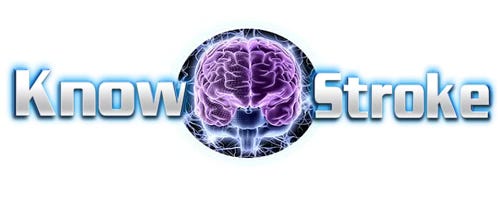
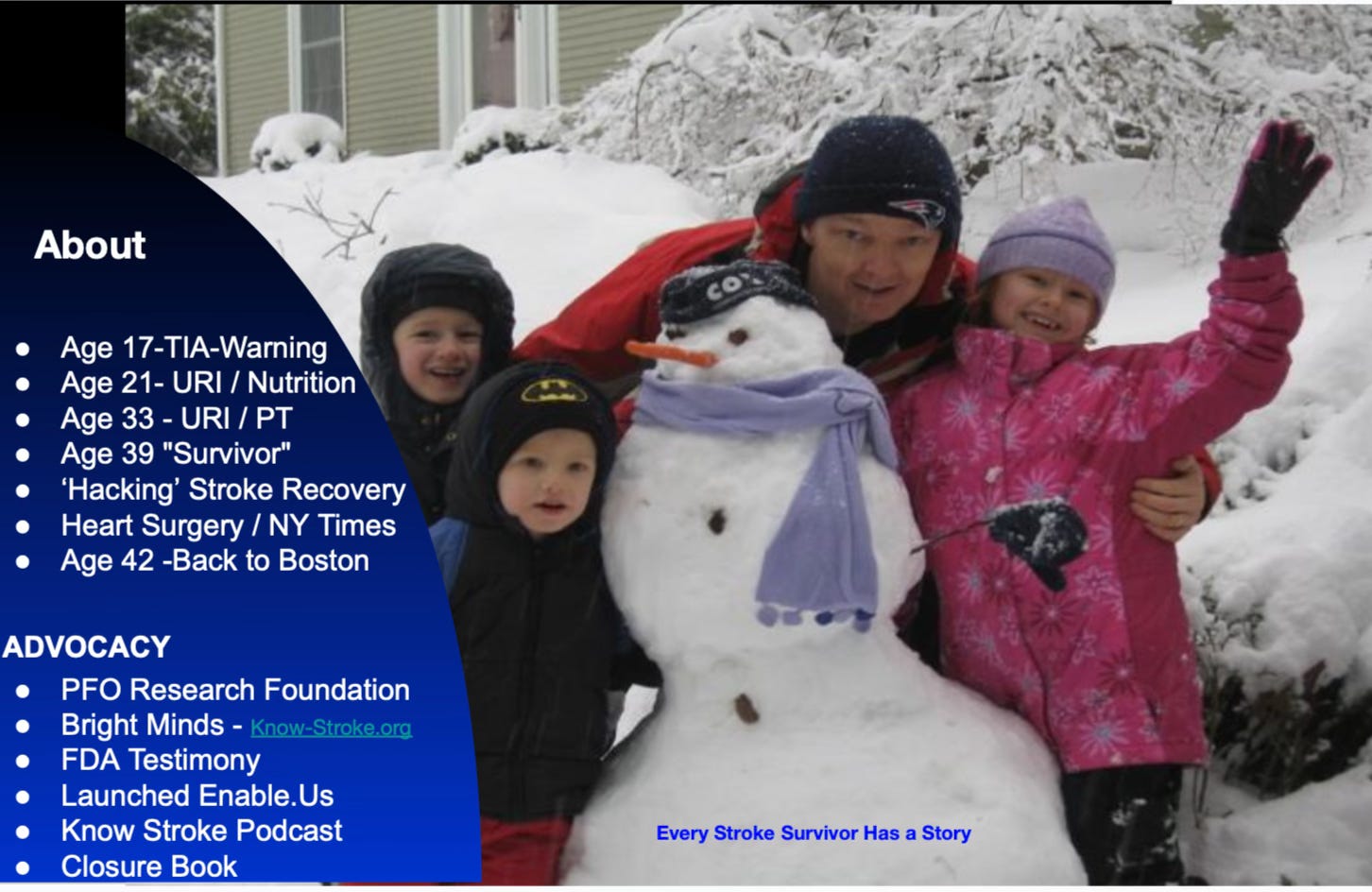
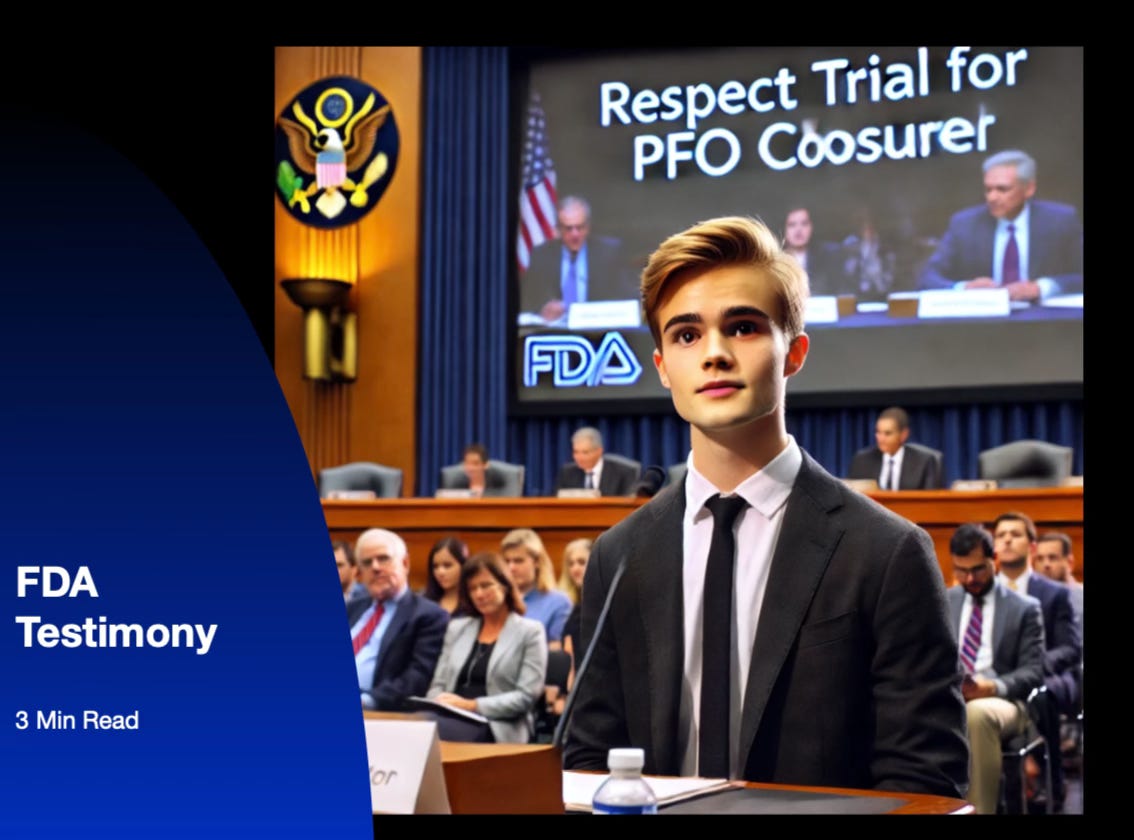
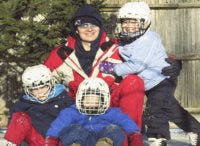
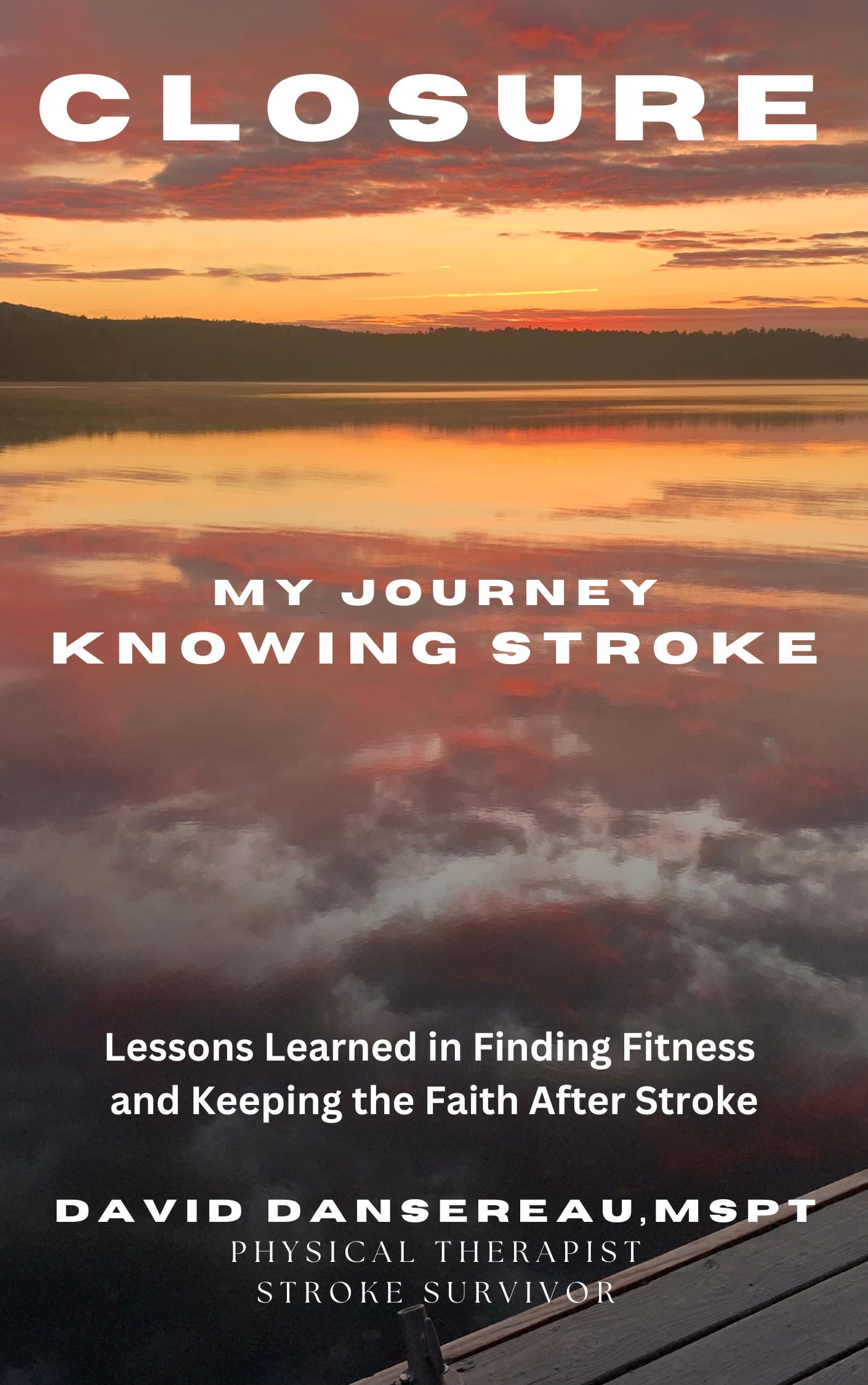
If you are a stroke survivor, or family member and/or caregiver to a loved one that has had a stroke, please reach out here on Substack. I'd like to shere your feedback, and slowly build a connected community. If you've shared your story before and this article resonates I'd appreciate your comments and a possible restack and share. Thank you!